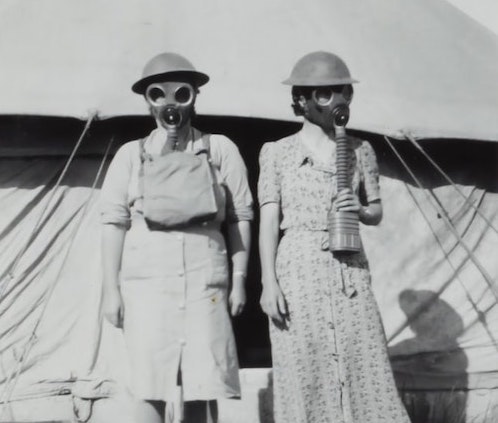Posts Tagged ‘health’
10 Mind-Blowingly Good Things About Life Post-Divorce
Divorce is nothing to look forward to. It’s certainly not a line item on your walk-down-the-aisle bucket list. So imagining your life post-divorce isn’t likely to be on your radar until you are in the throes of losing your marriage. It’s also not likely to leave you feeling hopeful about your future. But divorce, like…
Read MoreWomen’s Health Around the World & Why It Matters
We are no longer living when women aren’t allowed to vote. If our marriages are no longer serving us, we can get a divorce. If we want fulfilling careers, we can go out into the world, work hard, and create them. Starting a family? It’s our choice, not an obligation. We can now celebrate our…
Read MoreLife After Divorce: The 7 Surprising Myths About STDs
As a medical writer, one of my most gratifying roles is that of educator. I may be writing pieces that teach doctors about a new drug or how to take care of a poisoned patient (since I’m also a toxicologist), or teaching veterinary medicine students about antidotes for poisoned animals. I also write to educate…
Read More


